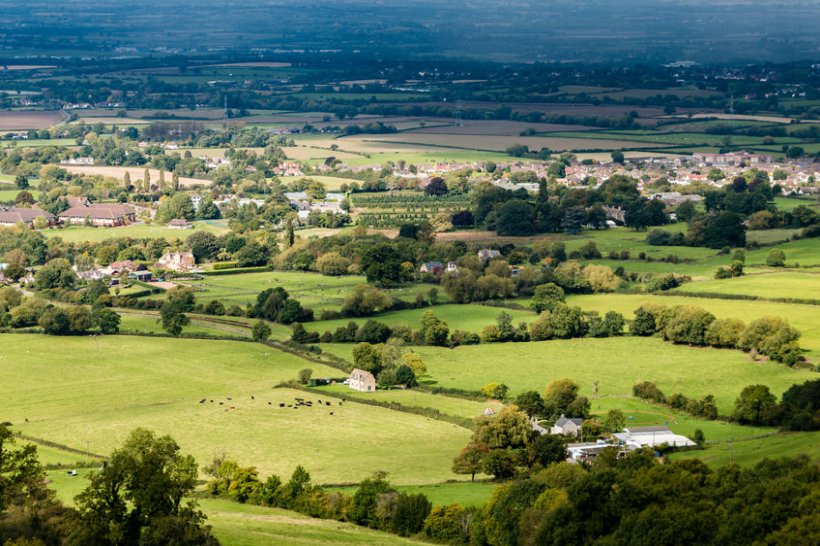
Arable farmers are looking at 'once-in-a-generation' decisions about the future direction of their businesses as they prepare for life without direct payments.
The reality of what cuts to Basic Payments will mean to profitability is focusing farmers' minds, particularly in the arable, mixed and lowland livestock sectors.
Reductions in payments will be implemented quite swiftly, with larger farmers facing the loss of two-thirds of their BPS by 2024.
An impact assessment carried out by Strutt & Parker suggests that for an average arable farmer, net farm profits could fall by as much as 54% by 2028.
This is even if profits from Environmental Land Management (ELM) payments are double those generated under existing agri-environment schemes, and assuming a 3% per annum rise in profits from farming and diversification.
Jonathan Armitage, head of farming at Strutt & Parker said: “Some people are hoping that ELMs will allow them to make up for the loss of BPS.
"However, our calculations suggest that even if payments under ELMs were five times higher than those paid under the current Countryside Stewardship Scheme – which they won’t be – arable farmers could still face a fall of up to 20% in net profits.
“Even in the unlikely event that farmers were to secure similar levels of payments to BPS, the net profit from ELMs will be much lower than that generated by Basic Payments, due to the associated costs of carrying out environmental management work."
Against this backdrop, there has been a shift in public expectations, with farmers being told they must start operating with a greater environmental focus.
Mr Armitage added: "The reality is that many businesses do need to carry out a major reappraisal of their farming policy to prepare for the next chapter.”
He said it was a critical time for farmers to evaluate their options, identify where there might be new opportunities and then turn their plans into action.
“Despite the challenges, there will also be plenty of opportunities for the best operators to grow their businesses,” he added.
“But navigating the changes that lie ahead will require innovative thinking and a proactive approach.”
